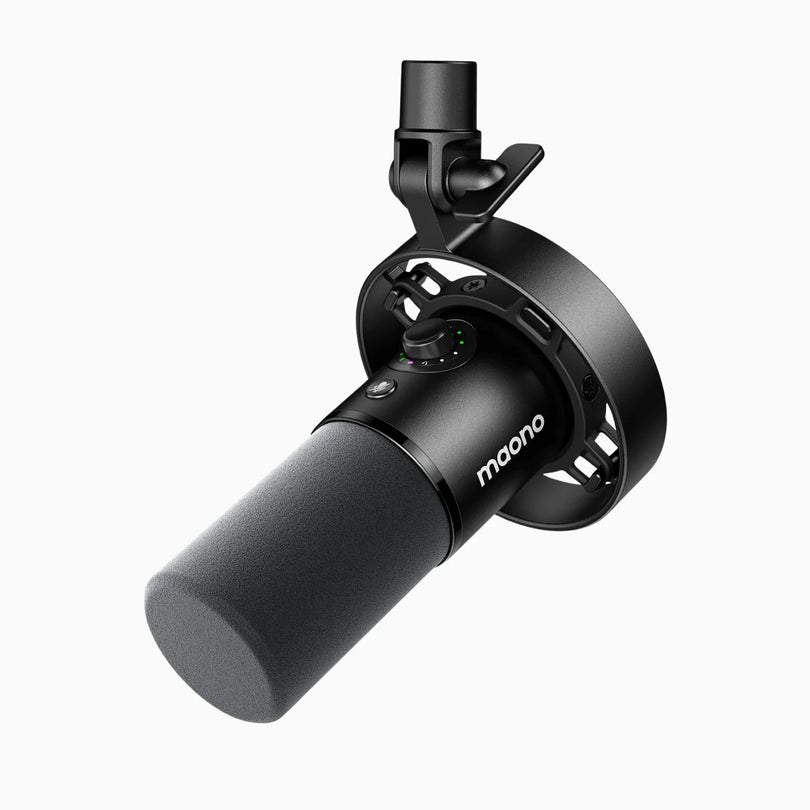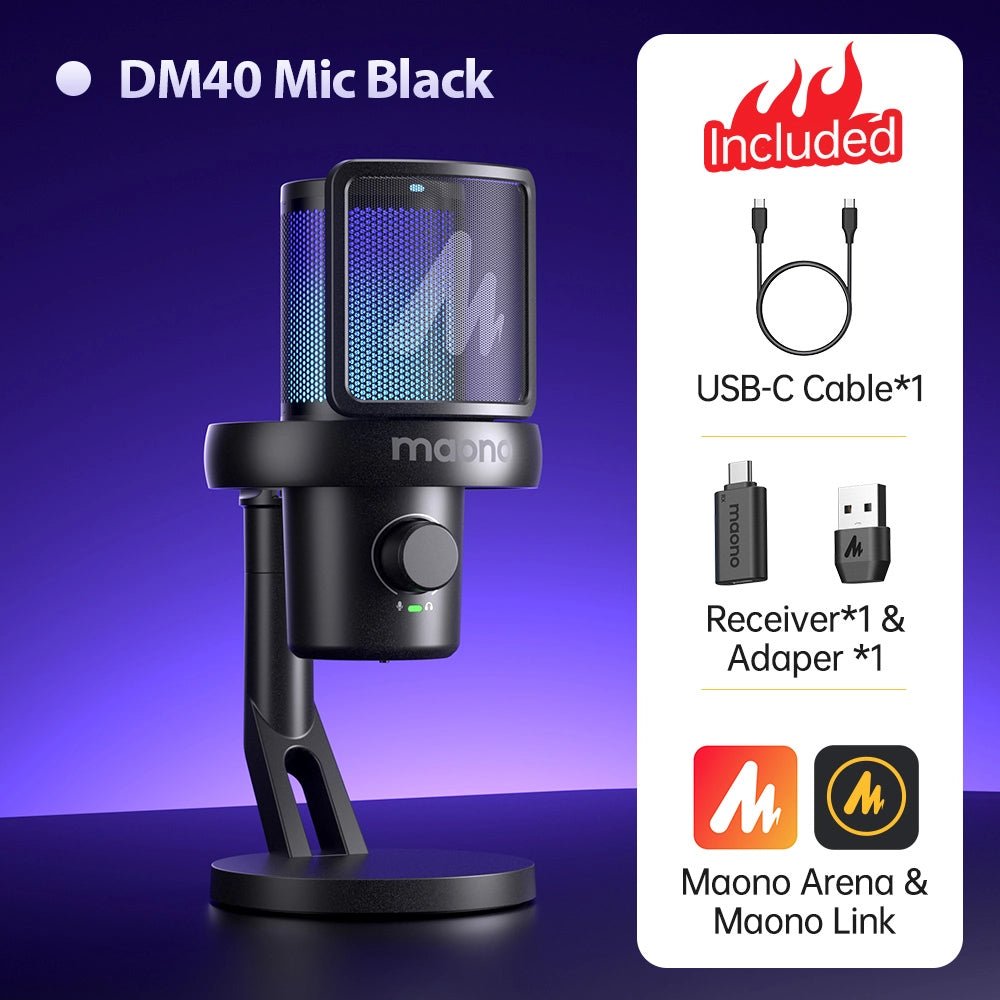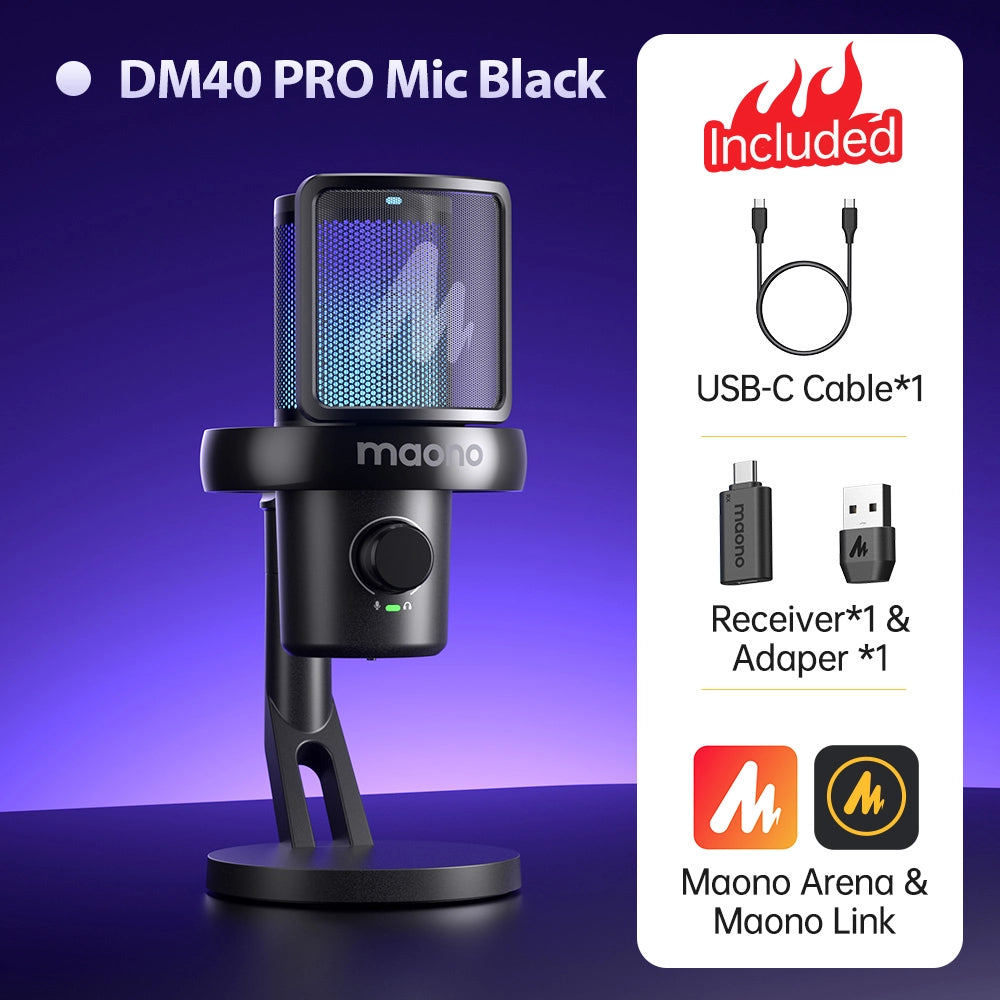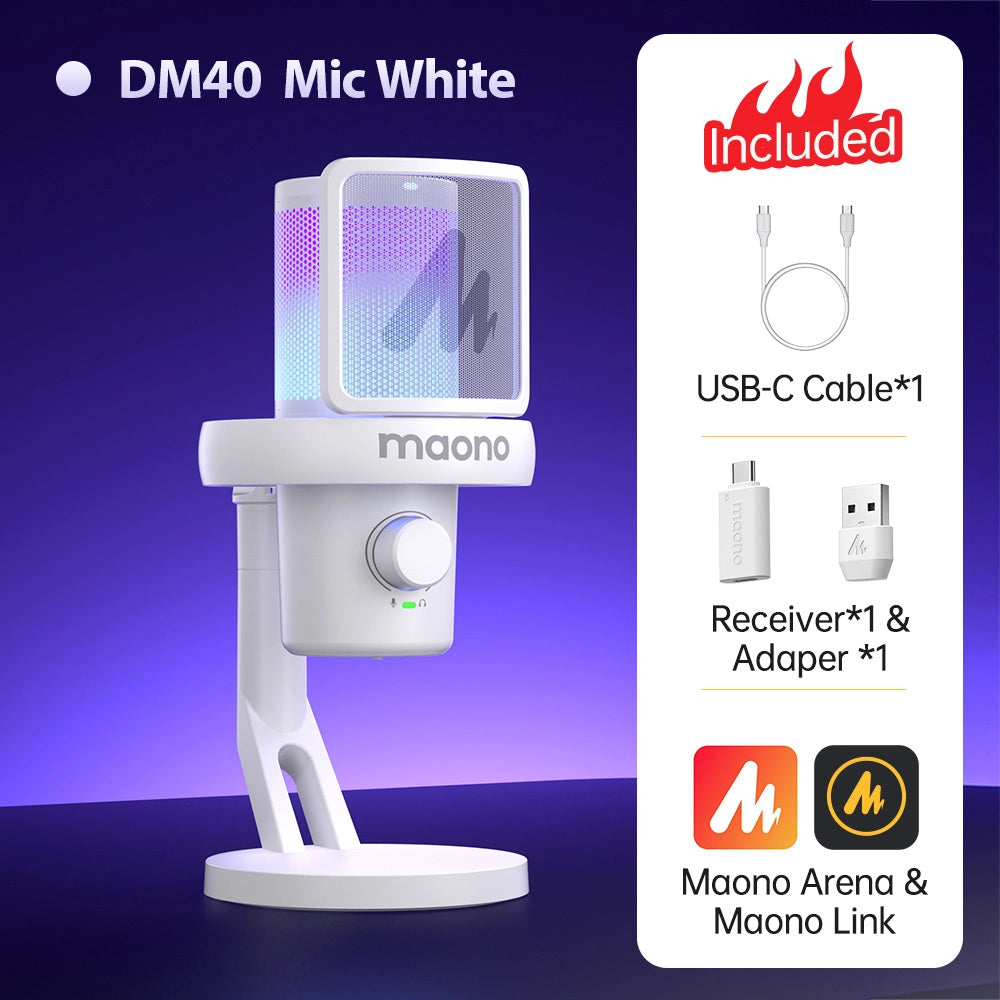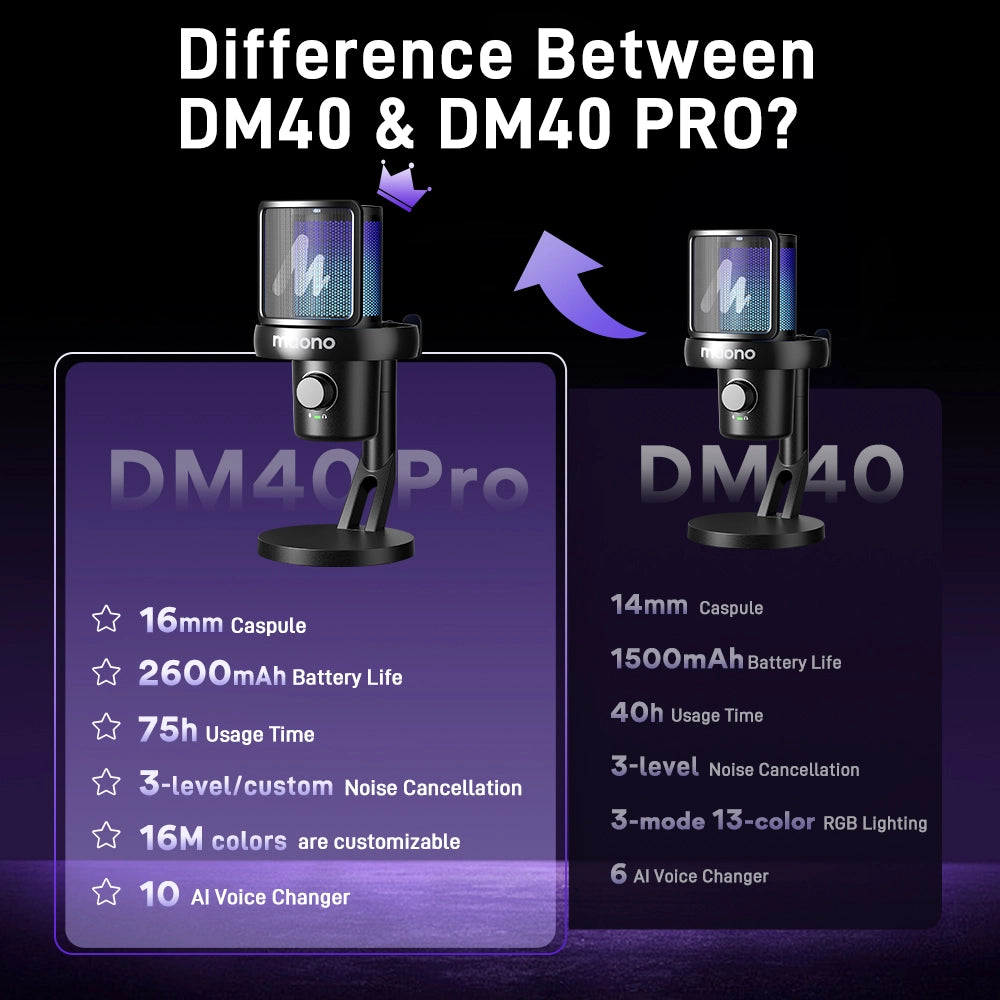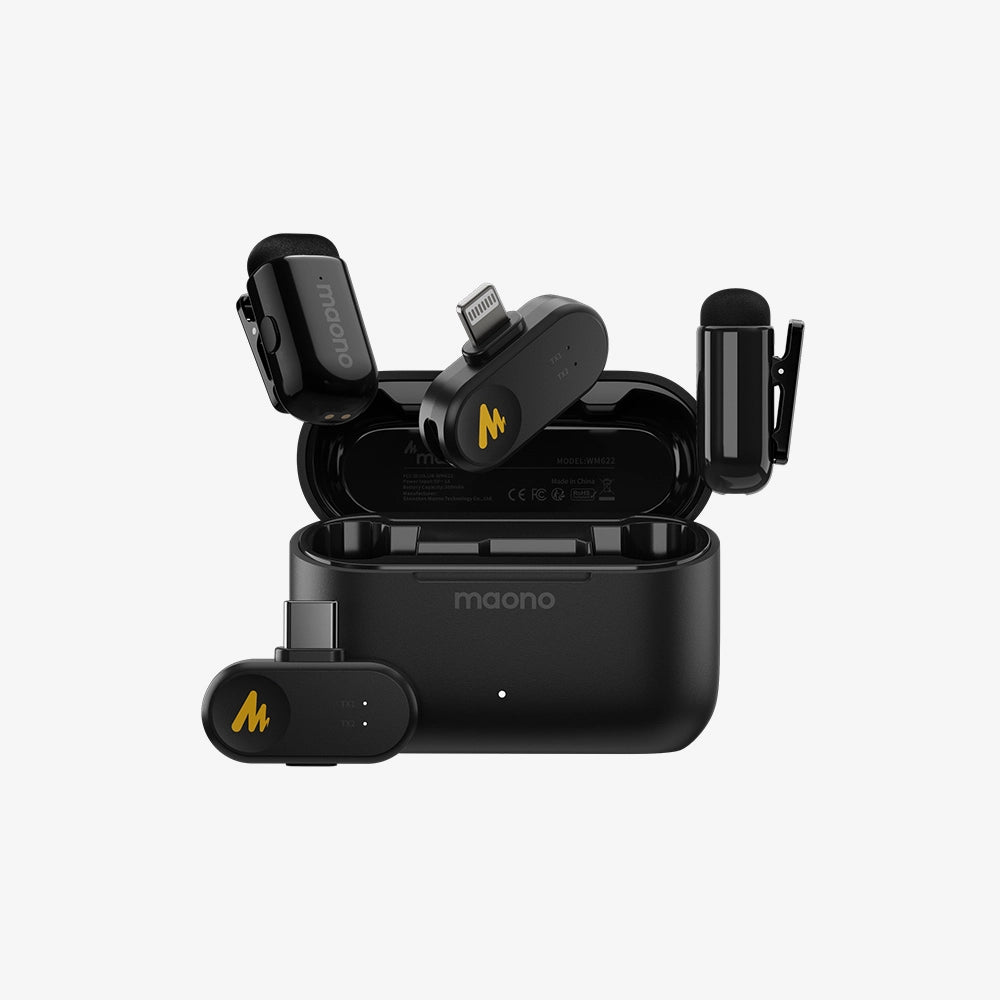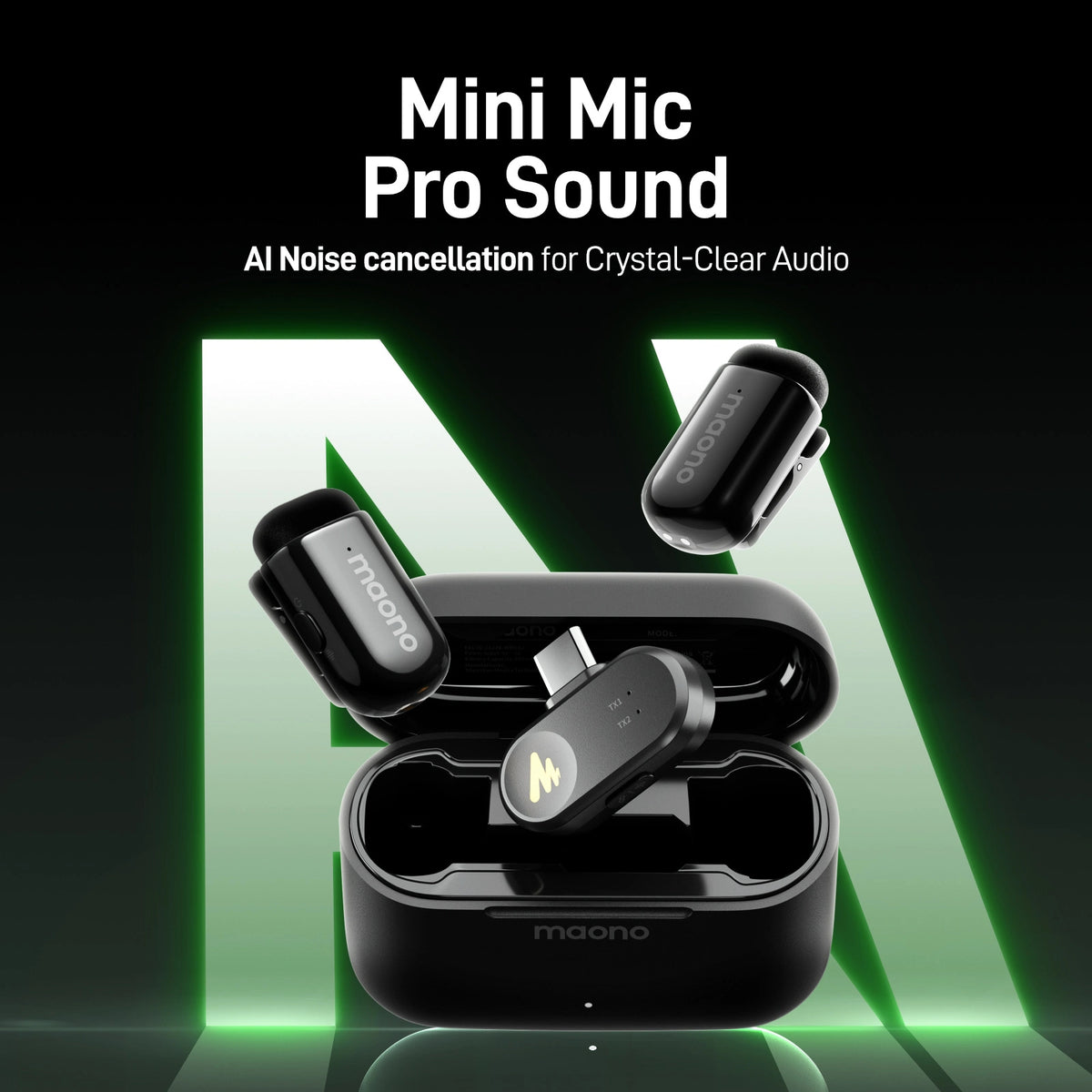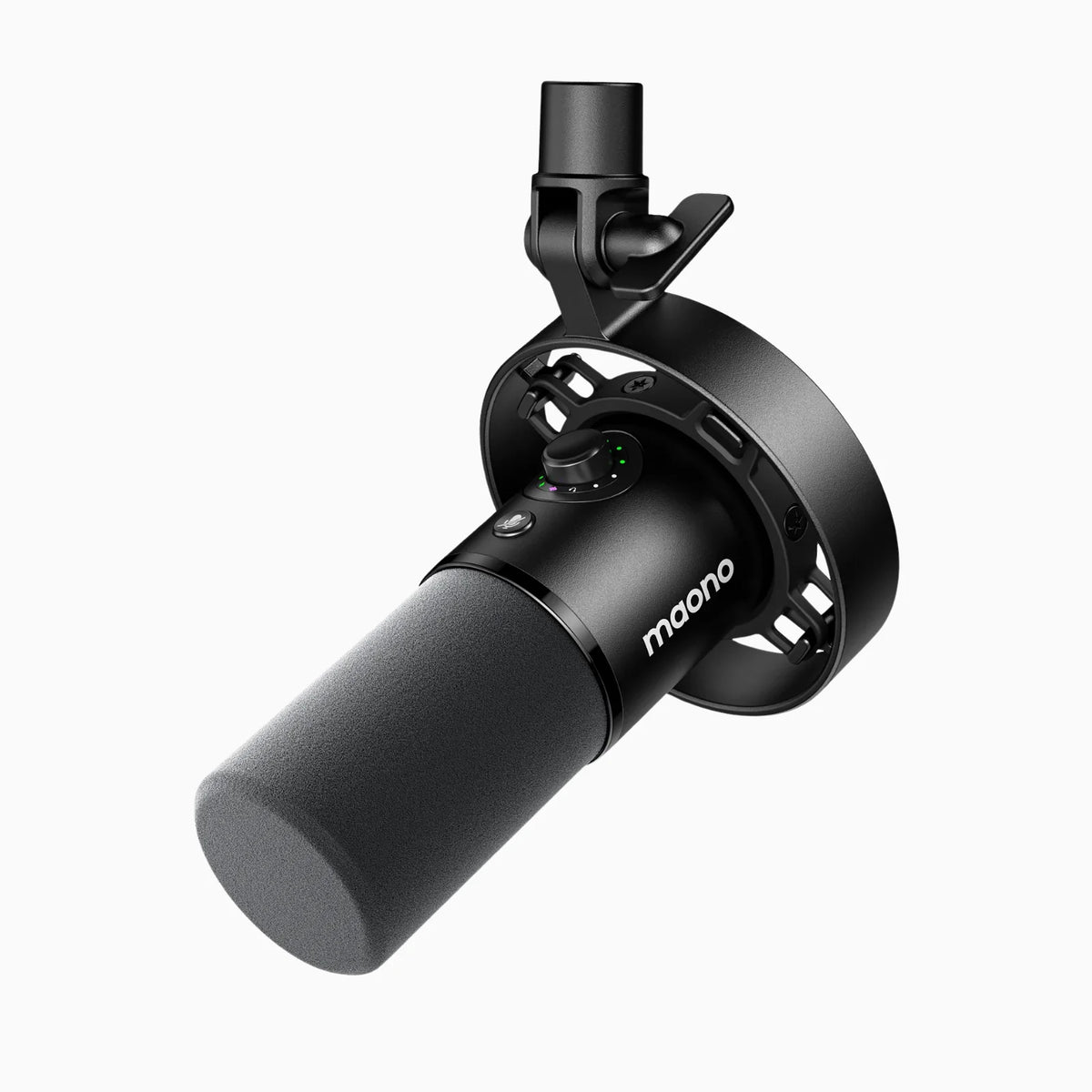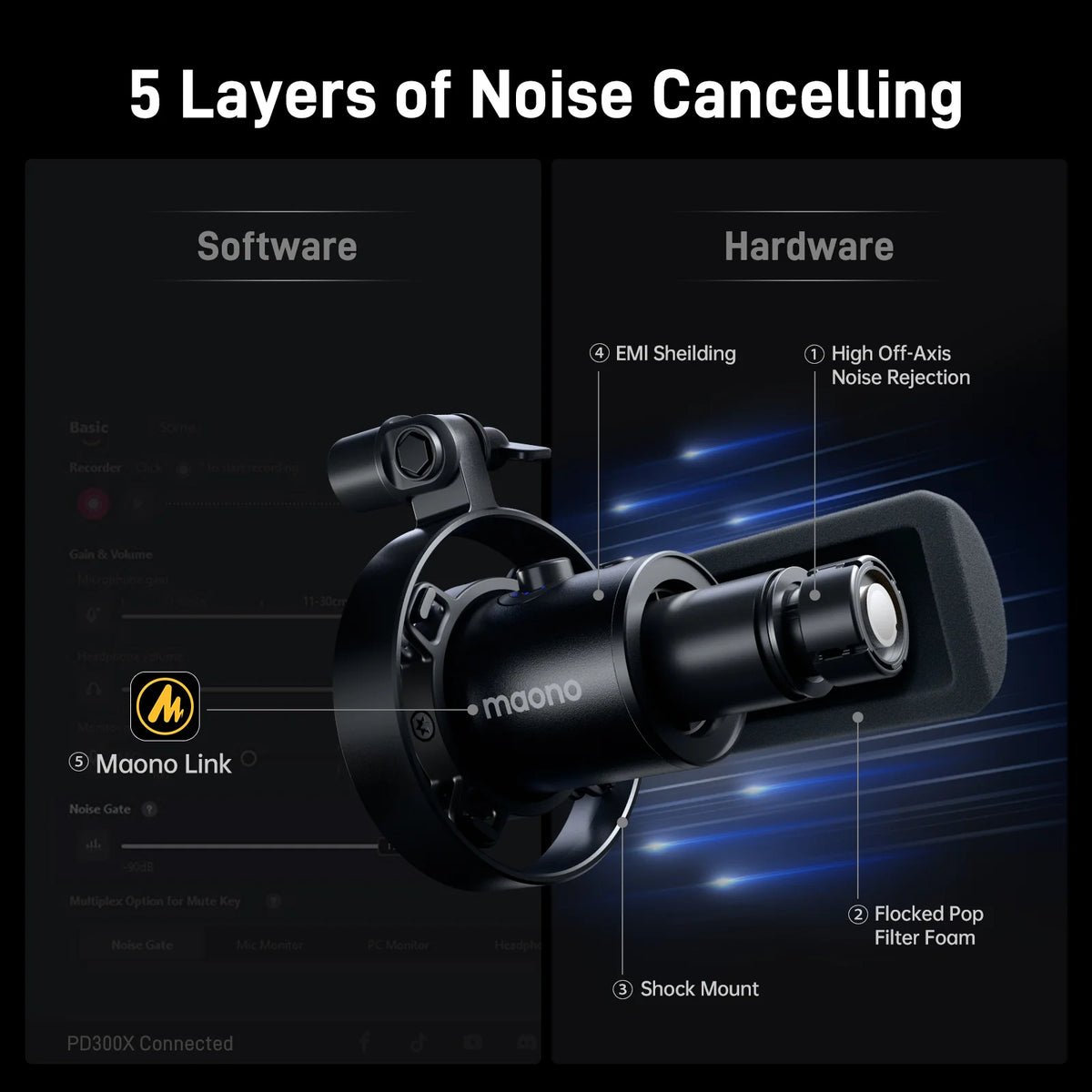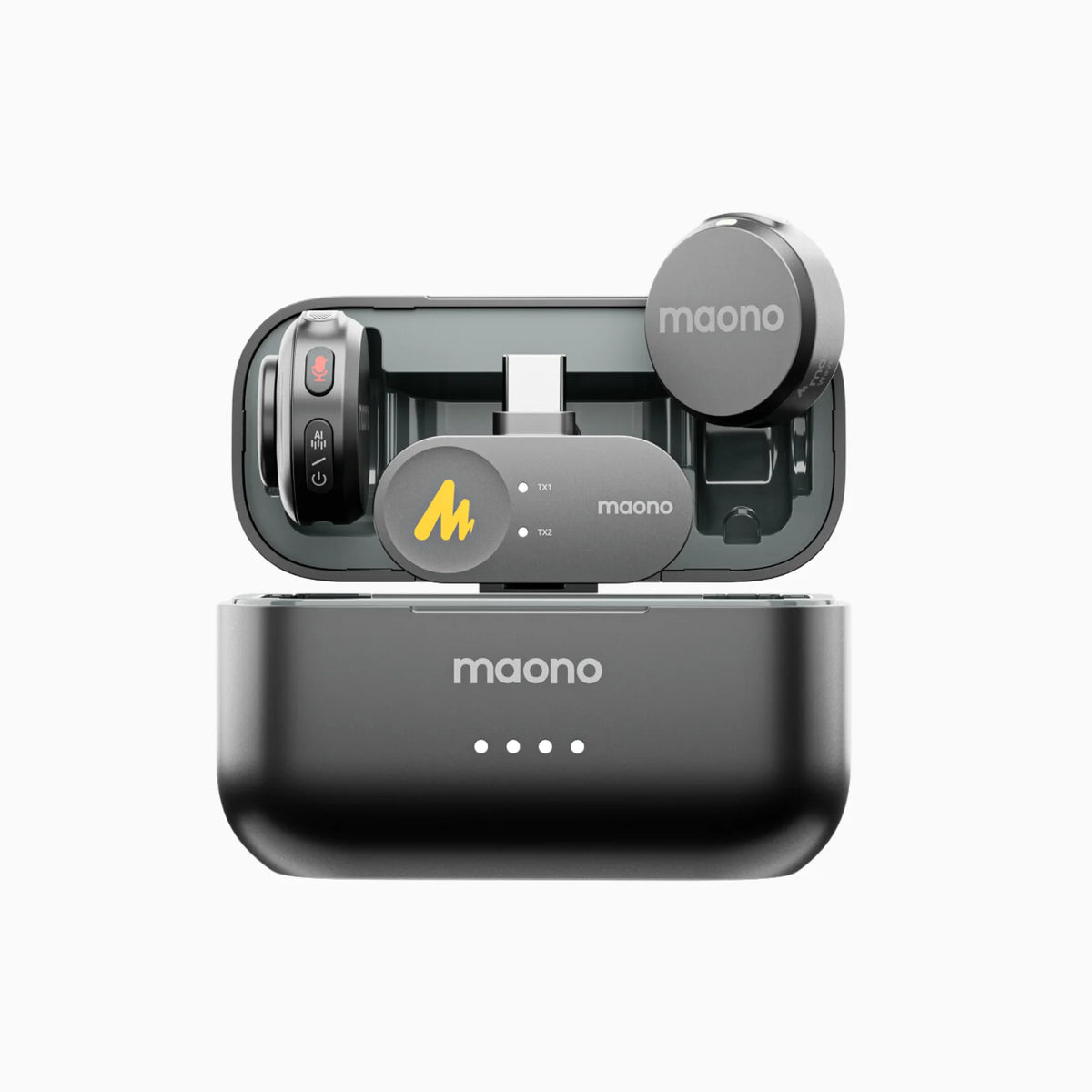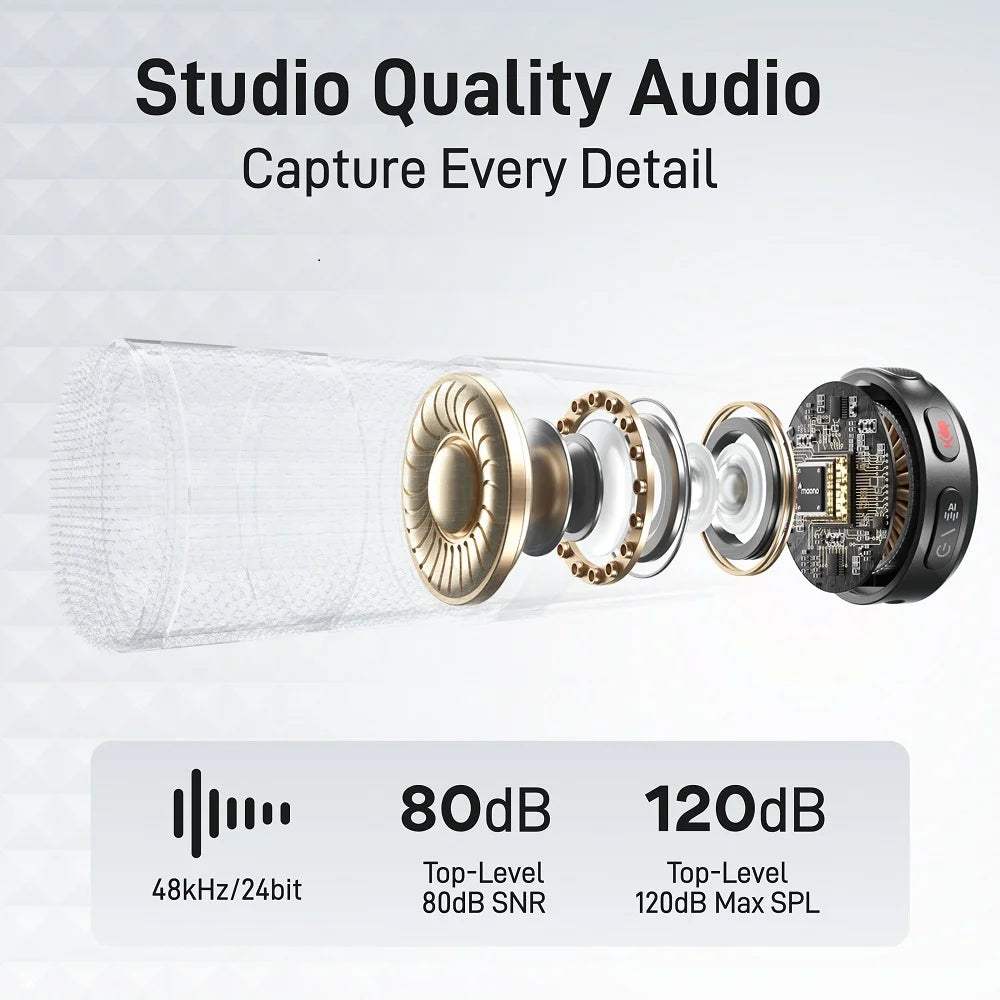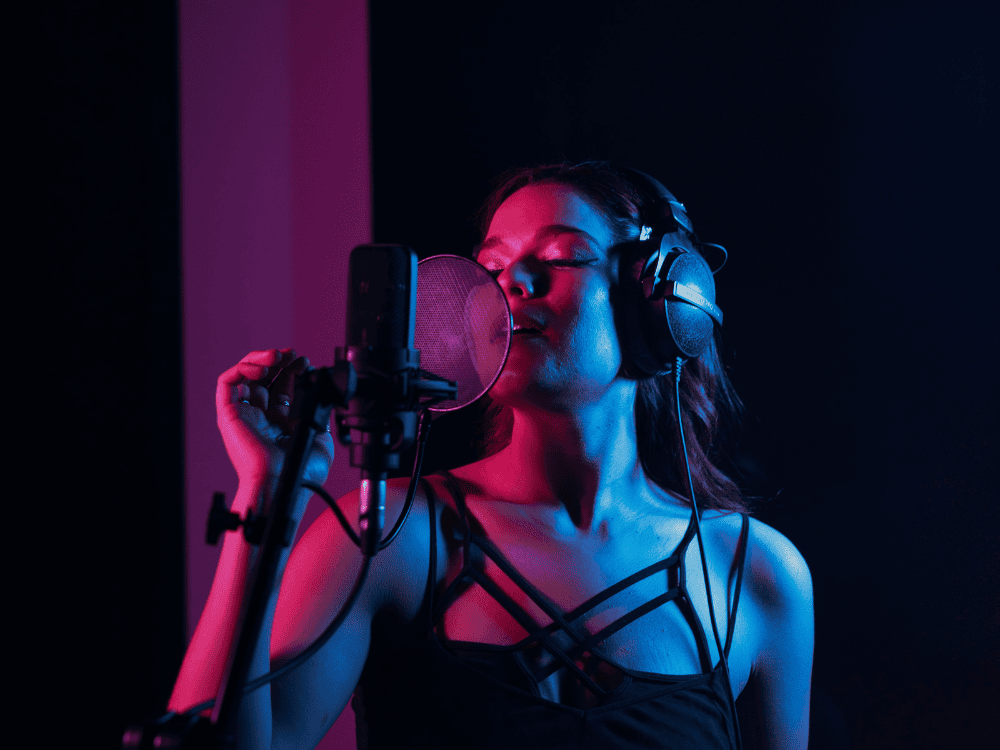In the world of audio, XLR cables are the gold standard for professional microphone connections. Their importance extends beyond just connecting a microphone to an audio interface or mixer; they play a crucial role in maintaining sound quality, reliability, and durability.
Imagine a world where your voice is captured with pristine clarity, free from unwanted noise and interference. This is the reality that XLR cables make possible for microphones, transforming ordinary audio experiences into professional-grade recordings and broadcasts. The XLR for microphone setups are not just about connecting equipment—they are about ensuring the highest quality and reliability in audio transmission.
Why does XLR cable for microphones matter so much? Unlike other connectors, XLR cables provide a balanced connection that minimizes noise and preserves sound integrity. This makes them the go-to choice for both studio and live environments where audio fidelity is paramount.
This article delves into why XLR cables matter, compares them to other types of connectors, and highlights some top XLR microphones for various uses, including gaming, streaming, and recording.
The Importance of XLR for Microphone Quality
XLR cables are renowned for delivering high-quality audio with minimal noise. The primary reason for this is their balanced design, which involves three pins: one for the positive signal, one for the negative signal, and one for ground. This design helps in reducing electromagnetic interference and hum, which can be particularly important in environments with many electronic devices.
The balanced nature of XLR cables allows them to transmit audio signals over longer distances without significant degradation in quality. This feature is crucial in professional settings where the microphone may be far from the audio source or mixer. Additionally, XLR connectors are designed to lock into place, ensuring a secure connection and minimizing the risk of accidental disconnections.
XLR vs. 6.3mm Jack: Why Do We Prefer XLR for Microphones?
While 6.3mm (1/4 inch) jacks are common for instruments like guitars, XLR inputs are generally preferred for microphones due to several reasons:
- Balanced Signal Transmission: XLR cables are balanced, which means they can cancel out noise and interference. In contrast, 6.3mm jacks are often unbalanced (though there are balanced versions), which can lead to more noise and signal degradation, especially over longer distances.
- Durability and Reliability: XLR connectors are designed for professional use, with a robust build that ensures a reliable connection. They are less prone to accidental disconnections compared to 6.3mm jacks, which are more commonly found in consumer-grade equipment.
- Phantom Power: Many studio microphones require phantom power (usually 48V) to operate. XLR connections are equipped to provide this power, whereas 6.3mm jacks do not support phantom power.
XLR vs. 1/4 Inch Jacks: Sound Quality Differences
The difference in sound quality between XLR and 1/4-inch jacks can be significant, especially in professional settings. XLR connectors, with their balanced design, are less susceptible to noise and interference, resulting in cleaner, more accurate sound reproduction.
1/4-inch jacks, when used in unbalanced configurations, can introduce noise and hum into the signal, particularly if the cable is long or if the audio environment is electrically noisy. Balanced 1/4 inch jacks (TRS - Tip Ring Sleeve) can mitigate these issues to some extent, but they are still generally considered less robust compared to XLR connectors for professional microphone use.
RCA vs. XLR: Connecting a Microphone Preamp to a Mixer
RCA connectors are commonly used in consumer electronics, such as home audio systems, and are typically unbalanced. They can be prone to noise and interference, making them less suitable for professional audio applications.
XLR connectors, on the other hand, are balanced and provide a more secure and interference-resistant connection. When connecting a microphone preamp to a mixer, XLR connections are preferred because they ensure a cleaner signal path and better overall audio quality. The balanced nature of XLR connectors helps to preserve the integrity of the audio signal, making them the better choice for professional setups.
Budget-friendly USB Audio Interfaces with XLR Inputs
For those looking to connect XLR microphones to a computer, a USB audio interface with XLR inputs is a great option. Here are some affordable options that offer high-quality XLR inputs:
-
Focusrite Scarlett Solo (3rd Gen)
Known for its excellent preamps and ease of use, the Scarlett Solo is a popular choice for beginners and professionals alike.
-
Behringer UMC22
A budget-friendly interface that provides good quality preamps and an easy-to-use interface for recording.
-
Mackie Onyx Artist 1.2
Offers high-quality preamps and solid build quality at a reasonable price.
-
PreSonus AudioBox USB 96
Known for its durability and good sound quality, making it a reliable choice for home studios.
-
Steinberg UR12
A compact and affordable interface that offers solid audio performance and a user-friendly experience.
Best XLR Microphones for Gaming and Streaming
When it comes to gaming and streaming, having a high-quality microphone can make a significant difference in the clarity of your voice and overall audio experience. Here are five top XLR microphones that excel in these areas:
1. Maono HD300T

This dynamic USB/XLR microphone offers excellent sound isolation and clarity, making it ideal for gaming and streaming. The price is around $64.99.
2. Shure SM7B
A popular choice among streamers and podcasters, known for its versatility and high-quality sound reproduction. The price is approximately $399.
3. Rode NT1-A
Offers a very low self-noise level and detailed sound, making it a great choice for capturing vocals in a gaming or streaming setup. The price is around $299.
4. Audio-Technica AT2035
This condenser microphone provides a warm sound with a high SPL handling, making it suitable for both gaming and streaming. The price is approximately $129.
5. Heil PR-40
Known for its exceptional rejection of background noise and clear, crisp sound, it’s a great choice for a professional streaming setup. Theprice is around $349.
Best XLR Microphones for Recording
For recording purposes, whether it's vocals, instruments, or other audio sources, having a top-notch XLR microphone can significantly enhance the quality of your recordings. Here are five of the best XLR microphones for recording:
1. Maono PM320:

This condenser XLR microphone offers high-quality sound and versatility, making it a great option for various recording applications.
2. Neumann U87:
A legendary microphone known for its exceptional sound quality and versatility, ideal for professional recording studios.
3. AKG C414 XLII:
Provides multiple polar patterns and exceptional clarity, making it perfect for studio recording of vocals and instruments.
4. Rode NT1:
Known for its extremely low self-noise and detailed sound, it's an excellent choice for both vocals and acoustic instruments.
5. Shure SM57:
A versatile dynamic microphone that is often used for recording instruments and vocals, known for its durability and sound quality.
FAQs
1. What Are Your Primary Uses for an XLR Microphone?
XLR microphones are commonly used for professional audio applications, including recording, broadcasting, live sound, and streaming. Their balanced design and ability to handle phantom power make them suitable for a wide range of uses, from studio recordings to live performances.
2. What Features Do You Consider Most Important in an XLR Microphone?
When choosing an XLR microphone, key features to consider include:
- Sound Quality: Look for a microphone that provides clear and accurate sound reproduction.
- Durability: A robust build ensures that the microphone can withstand regular use and handling.
- Type of Microphone: Depending on your needs, choose between dynamic or condenser microphones.
- Polar Pattern: The polar pattern affects how the microphone picks up sound from different directions. Common patterns include cardioid, omnidirectional, and figure-8.
- Self-Noise: For studio recording, a microphone with low self-noise is preferable.
3. How Do You Set Up Your XLR Microphone for Recording or Live Use?
To set up an XLR microphone:
- Connect the Microphone: Plug the XLR cable into the microphone and connect the other end to an XLR input on your audio interface, mixer, or preamp.
- Phantom Power: If using a condenser microphone, ensure that phantom power (48V) is enabled on your audio interface or mixer.
- Adjust Levels: Set appropriate gain levels to avoid distortion or clipping. Perform a test recording or sound check to ensure optimal levels.
- Position the Microphone: Place the microphone in a suitable position to capture the desired sound. For recording vocals, positioning at a slight angle and an appropriate distance can help achieve the best sound.
Conclusion
XLR cables and microphones are essential tools for achieving high-quality audio in both professional and home settings. Their balanced design, durability, and ability to handle phantom power make them the preferred choice for a range of audio applications. Whether you're gaming, streaming, or recording, selecting the right XLR microphone can make a significant difference in your audio experience. With the options outlined above, you can find a microphone that suits your needs and helps you achieve the best possible sound quality.




